





About the Pavement Management Program
The City of Marina's Pavement Management Program is of critical importance in ensuring safe and efficient transportation infrastructure for our community. By proactively maintaining and managing our roadways, we prioritize the comfort and safety of residents and visitors while maximizing the lifespan and value of our pavement assets.
Last Updated 5/6/2025
List of Streets
In addition to the list of current and future projects, a searchable list of streets can be found here.
Residential Streets Reconstruction Project
- Construction Began in February 2025
- Advanced notification will be provided to residents affected by this work
- While activity is occurring , access to your street may be limited and delays may be experienced
- Please pay special attention to posted dates on NO PARKING signs
- Working hours will be between the hours of 7:00 a.m. and 4:00 p.m., Monday through Friday
- During this work, deliveries & trash/sanitation pickup will not be affected
- Latest Construction Schedule (Link)
- Layout Plans Showing Proposed Improvement (Link)
Slurry Seal Project
- Contract awarded August 2024
- Construction began in September 2024
- Public Notice, Project Construction Notice
Completed Projects
Visit our Pavement Moratorium page for a list of streets completed within the last 5 years.
-

Messinger Drive & Shoemaker Place (Before)
-

Messinger Drive &
Shoemaker Place
(After)
-
 Reservation Road
Reservation Road -
 Ninole Drive
Ninole Drive
Frequently Asked Questions (FAQ)
Below is a list of Frequently Asked Questions (FAQs) that we have compiled to help you better understand the City of Marina's Pavement Management Program. These questions are the ones that we encounter most often, and we've provided detailed answers to ensure that you have the information you need. If you can't find what you're looking for, please do not hesitate to reach out.
-
When did the program start?
The City of Marina's Pavement Management Program goes all the way back to 1998, and is evaluated and updated annually, with the most recent Program starting in 2022.
-
When will construction start in my neighborhood?
Construction information can be found on this page, under "Current Projects" and "Future Projects". Check back frequently for the most recent updates.
-
How is this program funded?
This program is funded by Measure X and SB1. Measure X is a local funding measure approved by voters in the City of Marina. It provides funding for essential city services, infrastructure improvements, public safety, and quality of life projects to enhance the community's well-being. SB1 funding is generated through California's Senate Bill 1, also known as the Road Repair and Accountability Act of 2017. This bill was signed into law to address significant transportation infrastructure issues in California.
-
Where can I ask questions and get more information?
Contact us at (831) 884-1212 or streets@cityofmarina.org for more information or with questions.
-
What are the types of treatment?
There are many solutions depending on the existing roadway, it's condition, and needs of the community. Scroll down to learn about some of the various solutions being applied throughout the City of Marina.
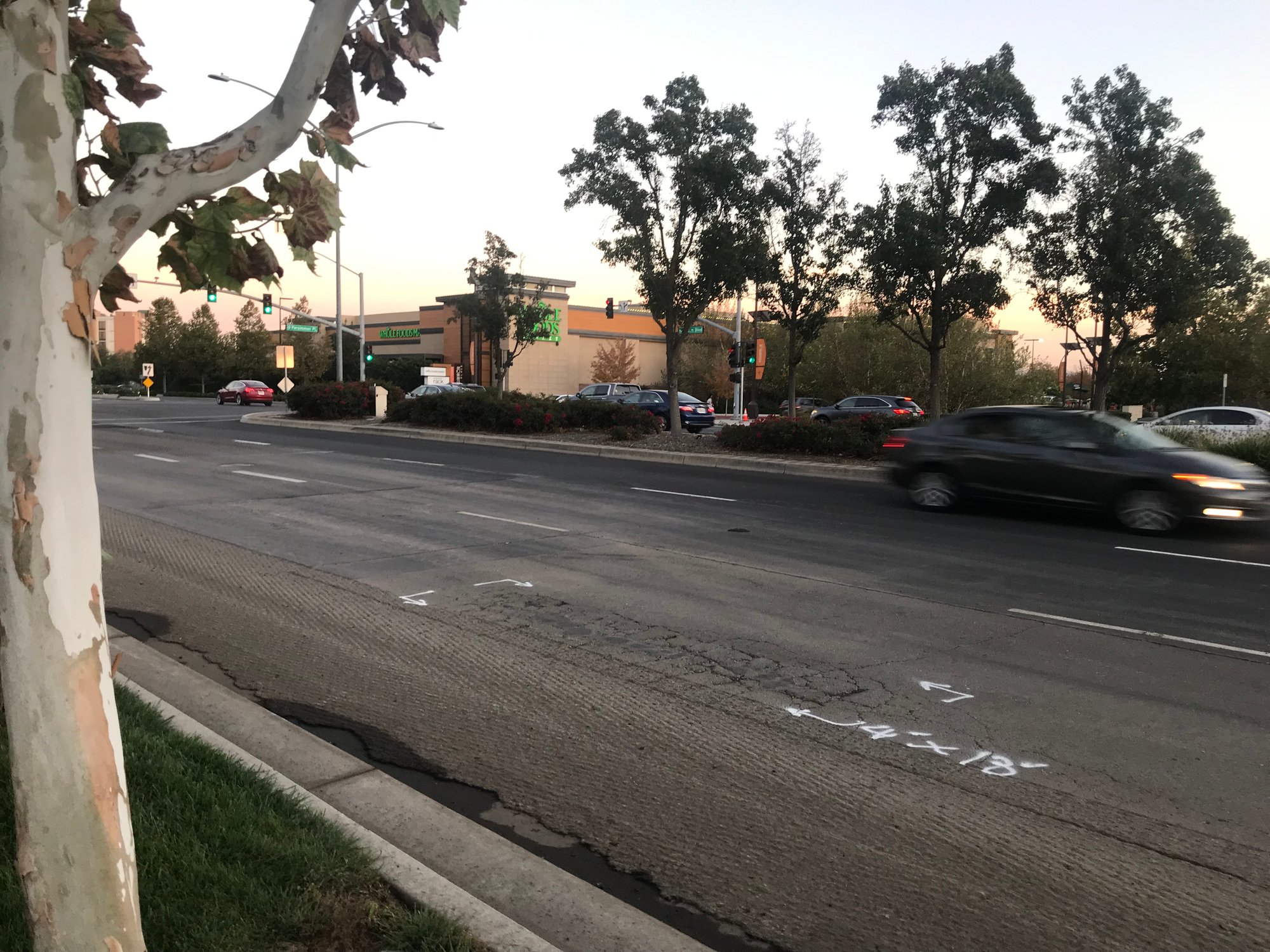
Pavement Base Repairs
Base repairs are localized repairs that involve removing a damaged section of pavement and replacing it with new material. Base repairs are usually performed in relatively small areas of a pavement where pavement base is no longer properly supporting the pavement surface. A base repair is used to level out portions of pavements where surface depressions exist and can be used to repair potholes, cracks, and other types of pavement damage.
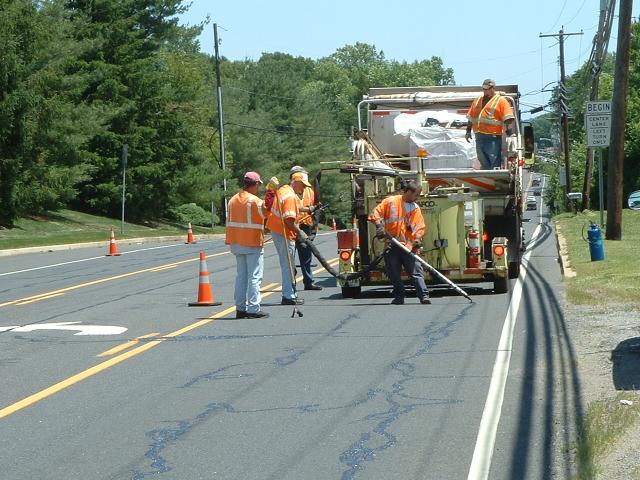
Crack Sealing
Crack sealing involves placing elastic material directly into cracks in pavement to prevent further degradation of the pavement due to water intrusion. Sealing the cracks prevents water intrusion from occurring and extends the useful life of the pavement
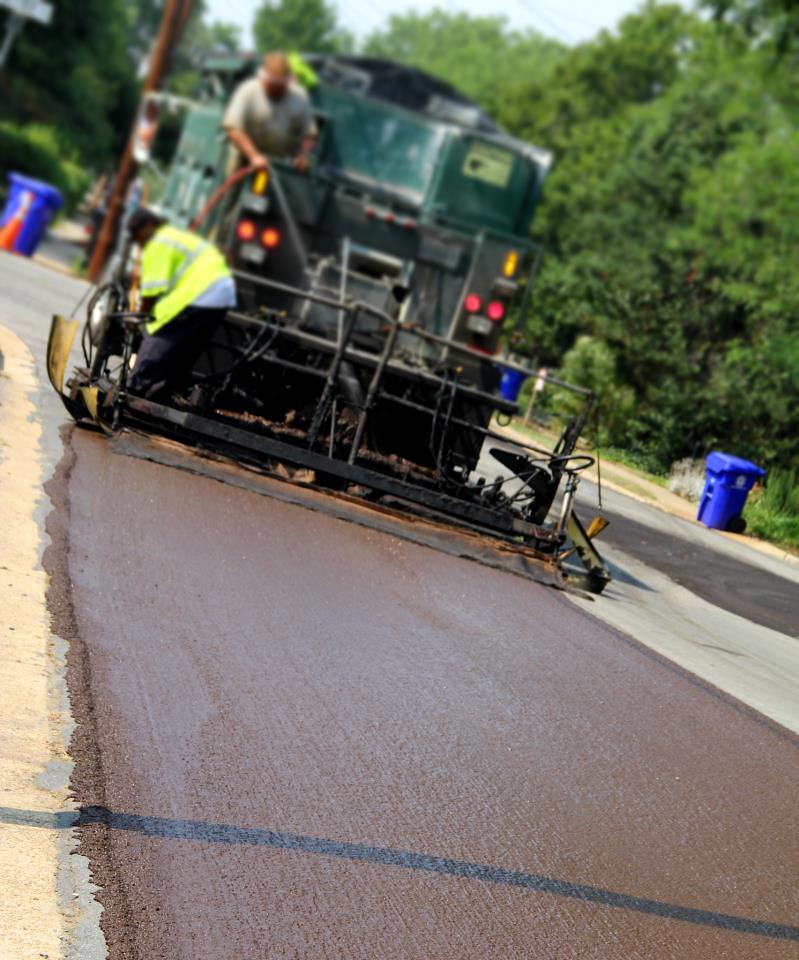
Slurry Seal & Microsurfacing
Slurry seals involve spraying a mixture of polymer modified asphalt emulsion, well graded fine aggregate, mineral filler, and water on the pavement surface. It is used to fill cracks and seal areas of old pavements, to restore a uniform surface texture, to seal the surface to prevent moisture and air intrusion into the pavement, and to improve skid resistance. Streets that are in relatively good condition will be slurry sealed in order to preserve its condition.
Microsurfacing is a process that involves spraying a hot liquid asphalt mixture onto an existing pavement surface. The asphalt mixture is then rolled into the pavement, creating a smooth, durable surface. Microsurfacing is a good option for roads that need to be resurfaced quickly and inexpensively.
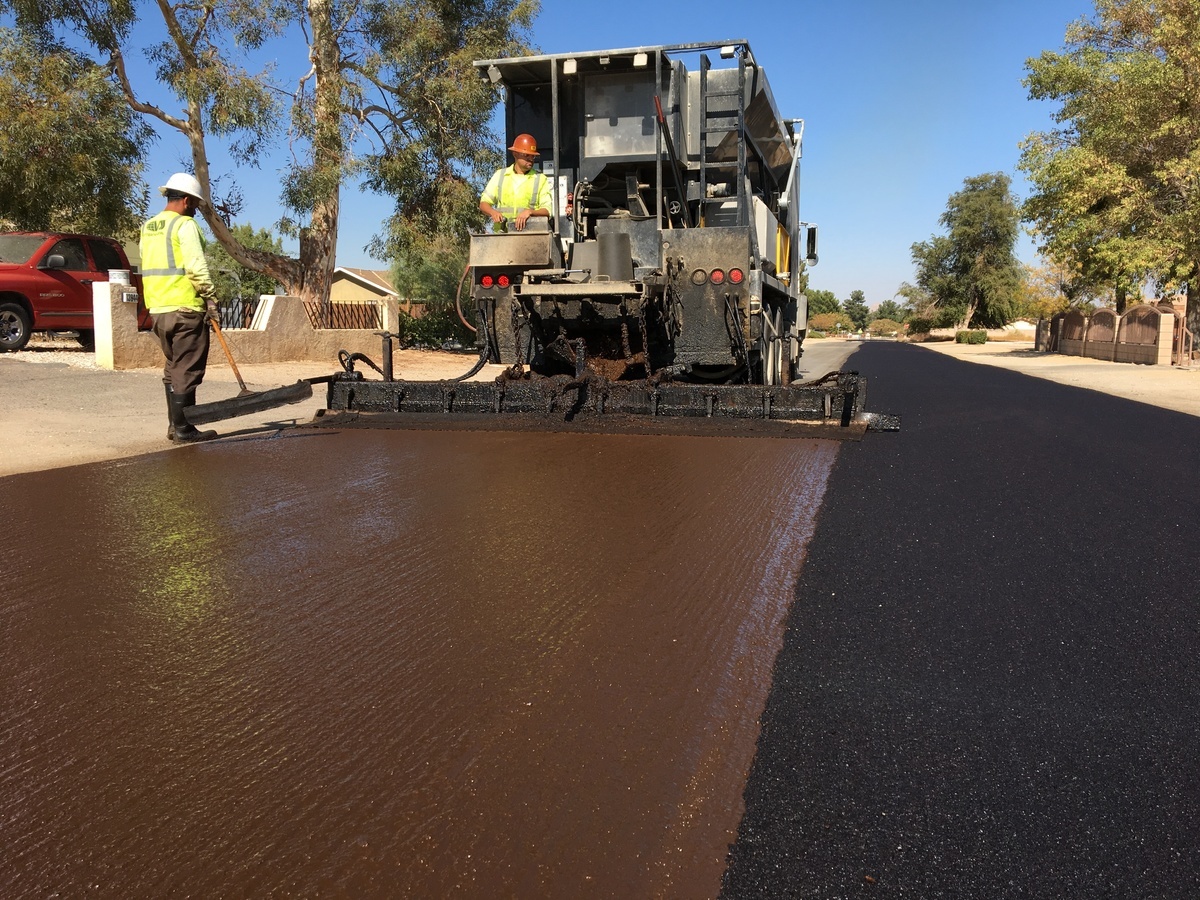
Cape Seal
A cape seal is a thin surface treatment constructed using a two-step process. The first step involves placing a “chip seal,” which is a thin layer of asphalt emulsion that is applied to an existing pavement surface. Aggregate chips are then spread on top of the emulsion and rolled into it to secure the surface. The second step involves a slurry seal, which is applied on top of the newly applied chip seal (normally one or two weeks after). Cape seals are a relatively inexpensive way to extend the life of an asphalt pavement. Streets that are in fair condition can be cape sealed.
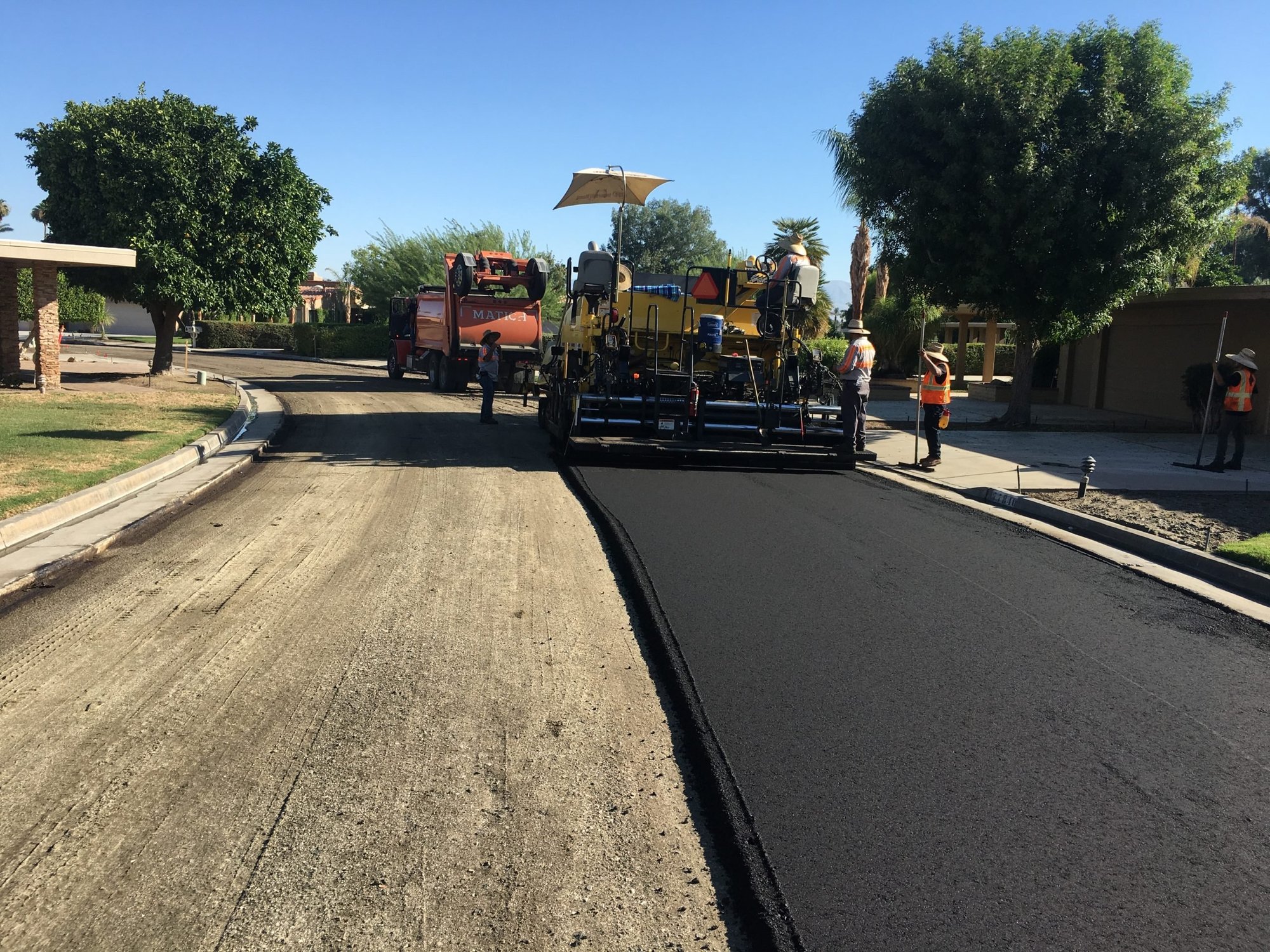
Mill & Overlay
An overlay is a thicker layer of asphalt or concrete that is placed over an existing pavement surface. Overlays can be used to extend the life of a pavement or to improve its surface smoothness and appearance. Milling is a critical step in the process of overlaying pavement, and it plays a vital role in ensuring that the new surface adheres properly and performs well. Milling refers to the removal of the existing pavement surface to a specified depth using specialized milling equipment. This process grinds away the top layer of asphalt or concrete, leaving a rough, textured surface behind.
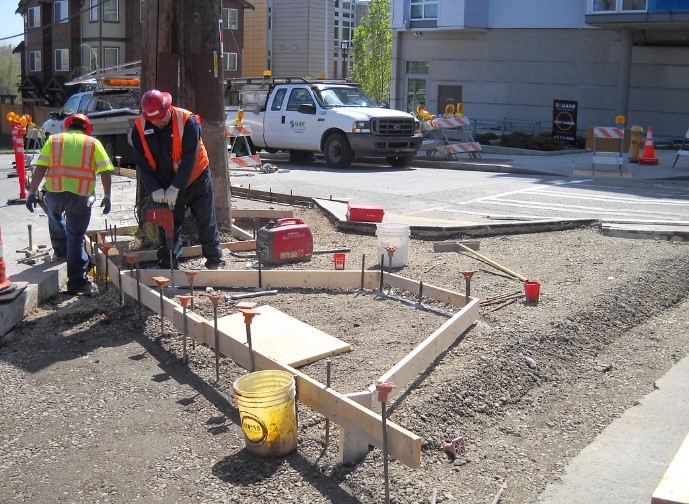
Curb Ramps
Part of the effort to maintain the pavement will involve improving the street intersections with new curb ramps. New curb ramps will be constructed with pavement reconstruction and other combined maintenance operations if no existing curb ramps are already in place or if the existing curb ramp was built under a much older standard.










